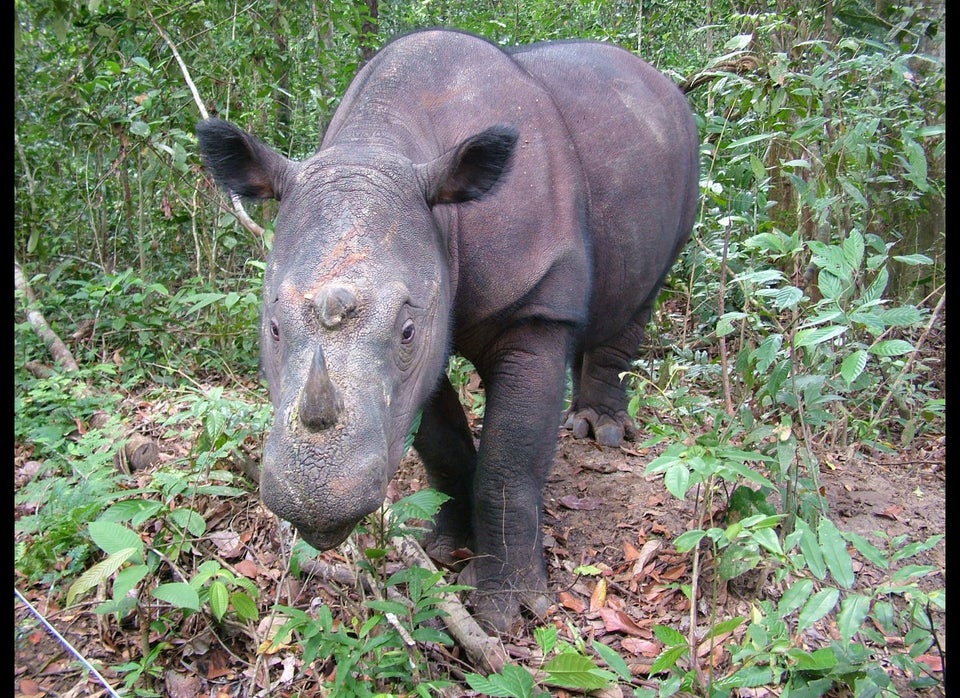
Alumni and die-hard fans of college sports tend to get really fired up about their favorite team. But what if fans found out that their beloved mascot's real-life counterpart was threatened by climate change?
A new report by the National Wildlife Federation, "Mascot Madness: How Climate Change is Hurting School Spirit," is bringing attention to the threats climate change pose on wildlife by relating the subject to college sports. The report highlights a diverse group of animals and species -- some already endangered and threatened -- whose food, habitat and reproductive success will be impacted by climate change, including increased extreme weather events, a shifting climate and melting snowpack.
"We have a new version of ‘March Madness’: Extreme weather fueled by climate change, deeper droughts, and intensifying wildfires," says Doug Inkley, National Wildlife Federation senior scientist and lead author of "Mascot Madness". “From wolverines to gators, species that have spent countless centuries adapting a home court advantage are now watching the rules of the game changed before their eyes by industrial carbon pollution."
In addition to explaining how your favorite species and mascot will be affected, the report offers solutions. These include passing effective laws to reduce carbon and air pollution, investing in renewable energy sources that are wildlife-friendly and factoring climate change into natural resource management.
Without further adieu, let's put aside the competition for a minute and see how climate change will be uniting all of our favorite teams at the end of the day.
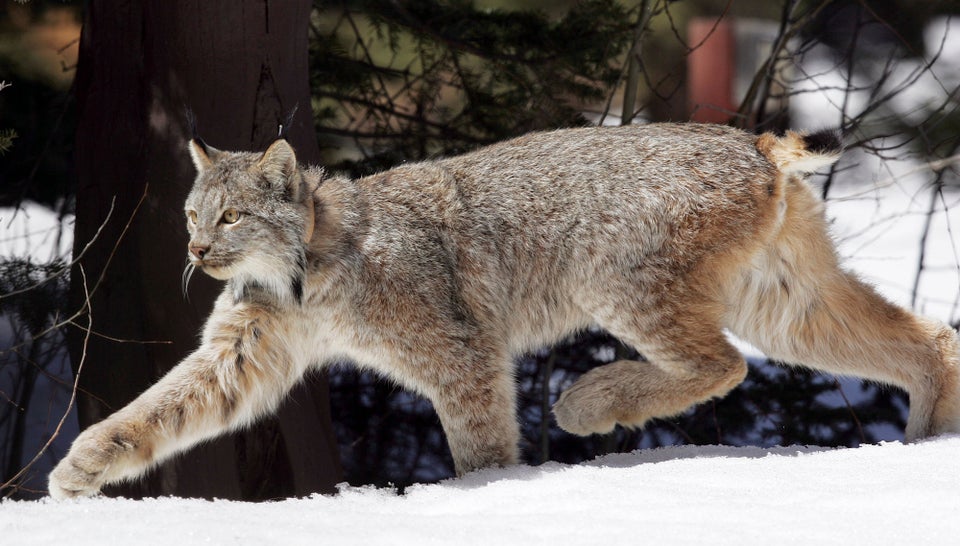
Universities with wildcat mascots include the University of Arizona, Villanova University, Kansas State University, the University of New Hampshire, Weber State University, Davidson College and the University of Kentucky.
(AP Photo/David Zalubowski, File)
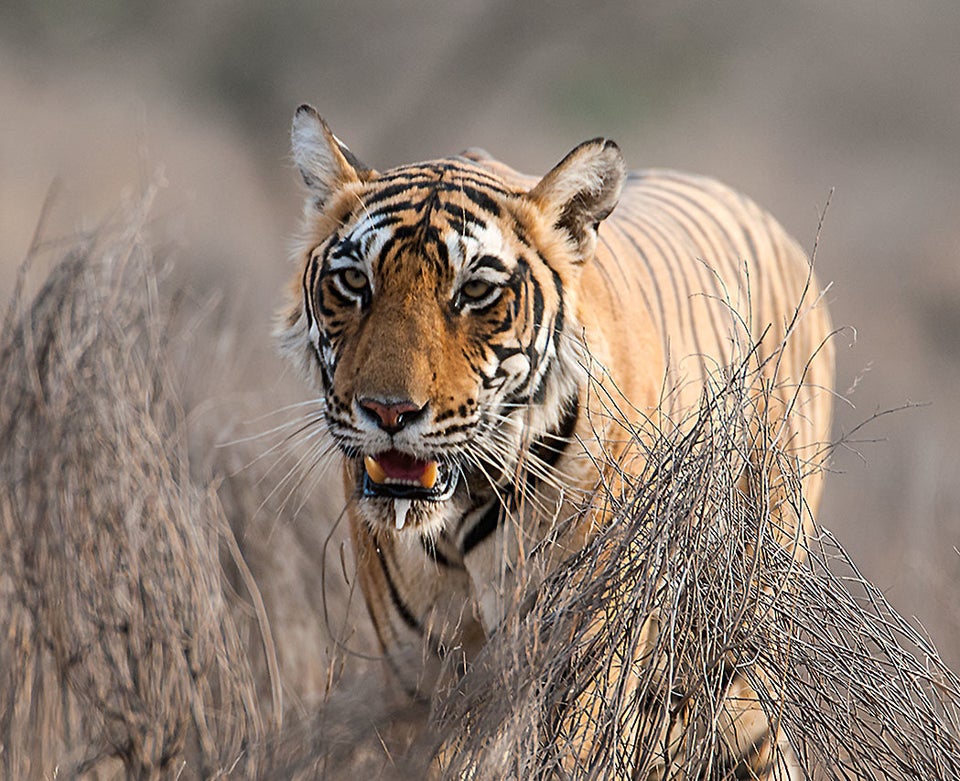
Schools with tiger mascots include the University of Memphis, the University of Missouri, Louisiana State University, Clemson University, Auburn University and Occidental College. Columbia University and Loyola Marymount are home to the Lions.
(Photo by Koshy Koshy/Flickr Creative Commons)
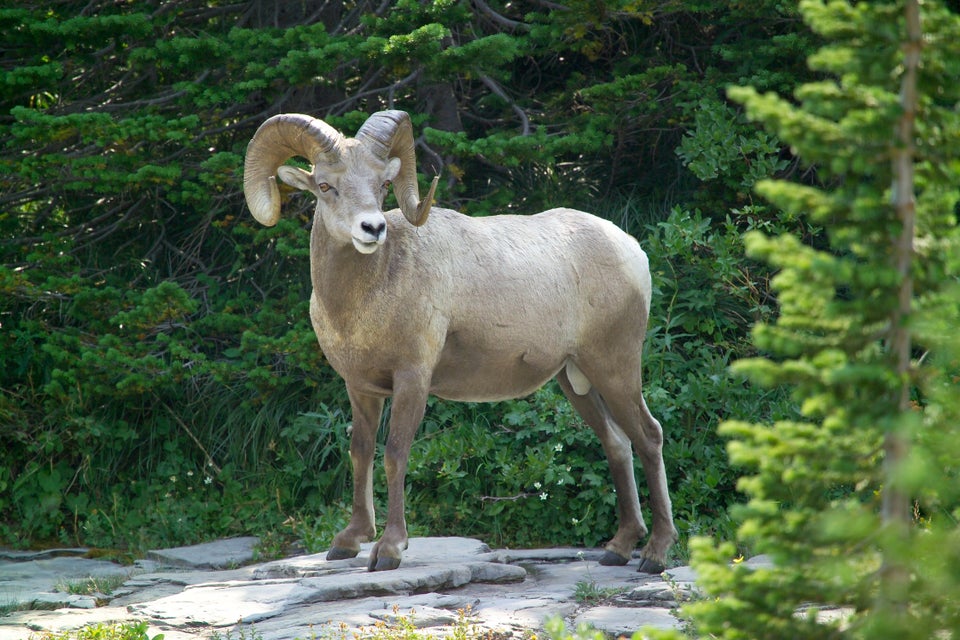
Colorado State University, the University of North Carolina Chapel Hill, Virginia Commonwealth University and Winston-Salem State University are home to the Rams.
(Photo by Glacier NPS/Flickr Creative Commons)

Many universities have a bear mascot, including Baylor University, the University of California-UCLA, the University of California-Berkeley, the University of Montana, the University of Northern Colorado, Rocky Mountain College, and Adams State University.
(Photo by Denali National Park and Preserve/Flickr Creative Commons)
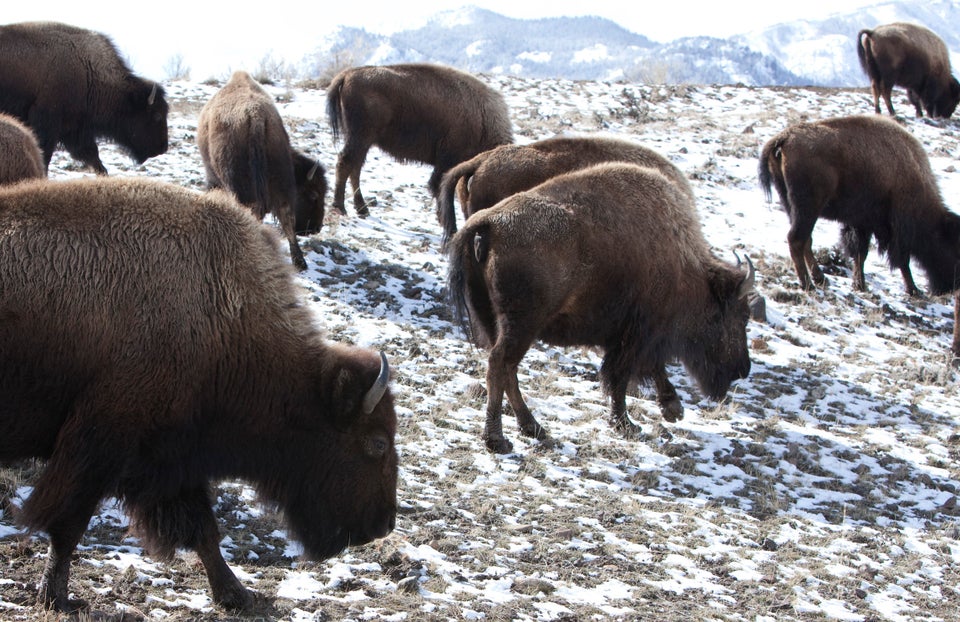
The University of Colorado, Bucknell University, North Dakota State University and Howard University boast this mascot.
(AP Photo/Janie Osborne)
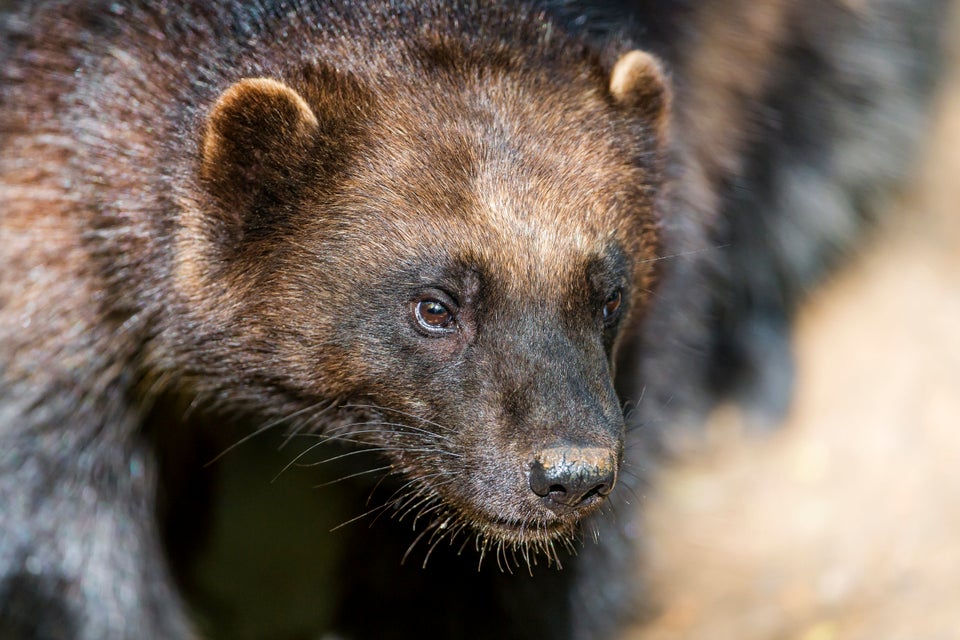
The University of Michigan claims the wolverine as their mascot.
(Photo by Tambako The Jaguar/Flickr Creative Commons)

The "Wolfpack" is North Carolina State University's mascot.
(Photo by Red Wolf Recovery Program/Flickr Creative Commons)
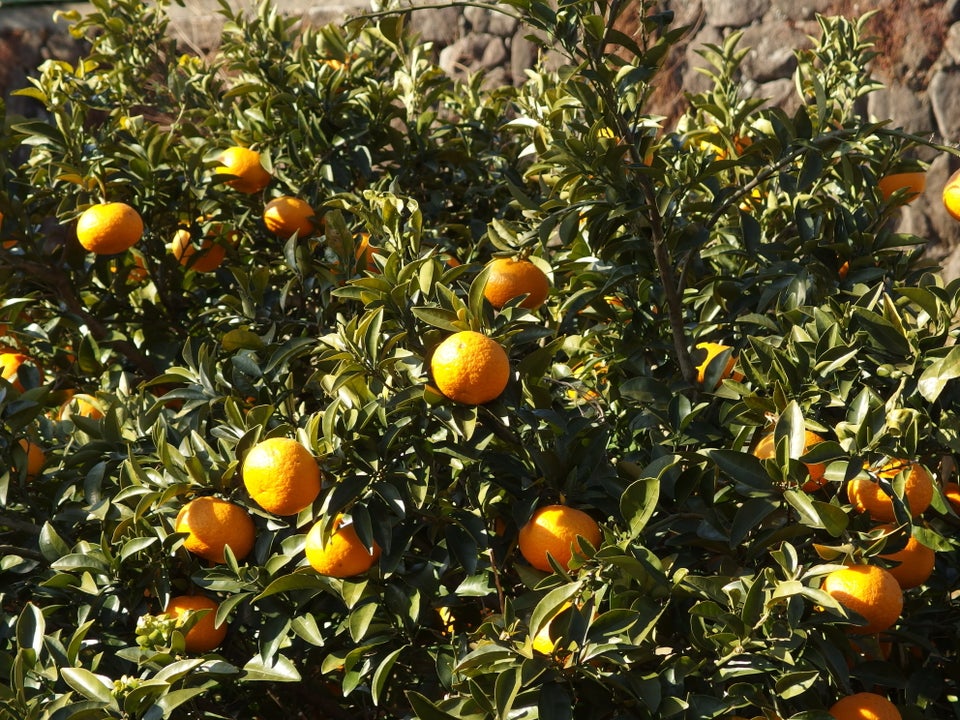
Ohio State University, Wichita State University, the University of Nebraska–Lincoln and Syracuse University uses crop and tree names as their mascot.
(Photo by Guilhem Vellut/Flickr Creative Commons)

The University of Oregon, the Air Force Academy and Bowling Green State University are home to the Ducks and Falcons.
(Photo by David Merrett/Flickr Creative Commons)
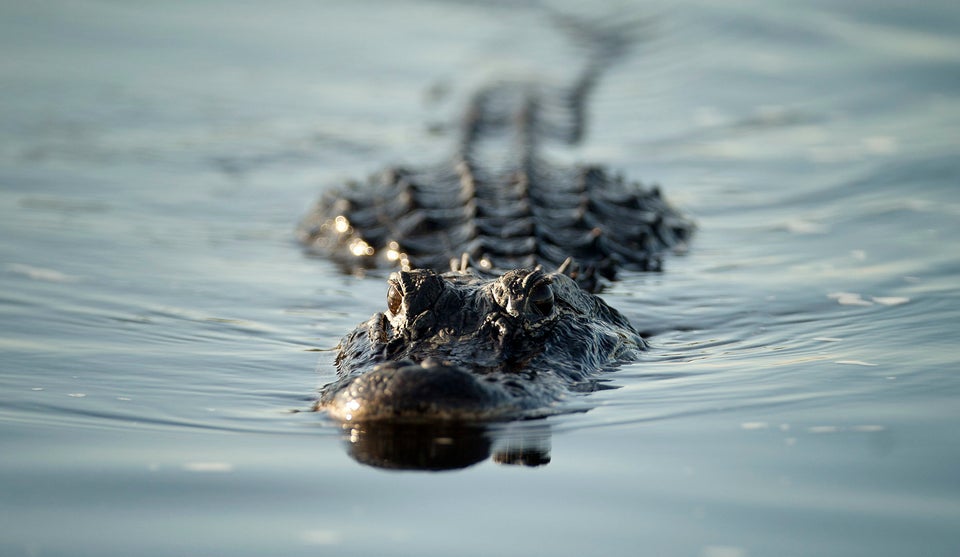
The University of Florida represents gators and the University of Maryland represents terrapins.
(AP Photo/J Pat Carter)
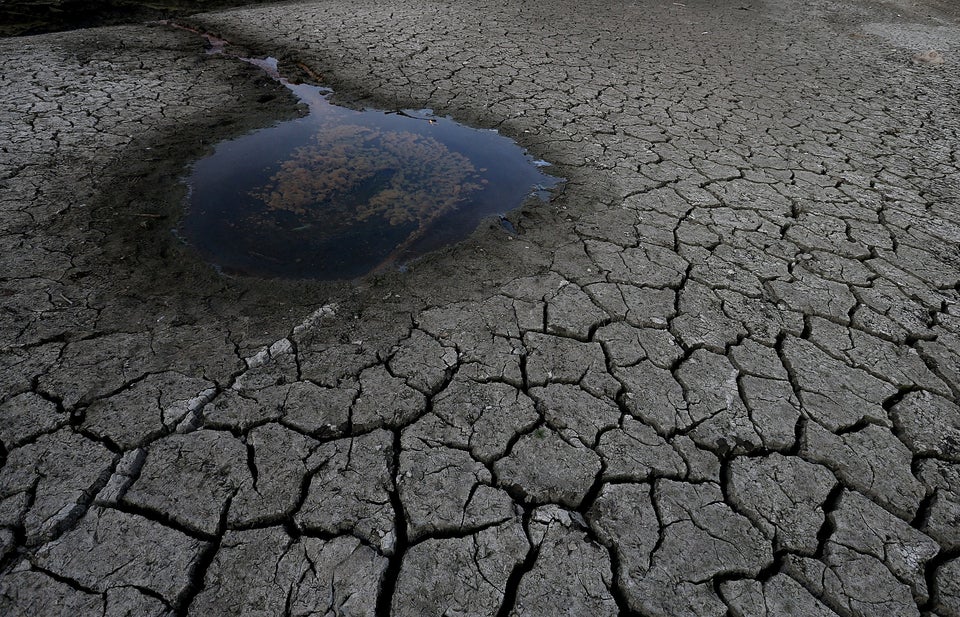
The University of Miami Hurricanes, Kent State University Golden Flashes, the University of Illinois-Chicago Flames and the Iowa State University Cyclones all bear titles that are expected to increase in intensity and frequency from climate change, so keep an eye out for these teams. (Photo by Justin Sullivan/Getty Images)
